I am following https://www.youtube.com/watch?v=Bv_5Zv5c-Ts, and it is explained there that the event loop of JS engine places events in Event Queue - their handlers will be executed only when the Execution Stack is empty. The author even shows an example of it at 1:45:18. The code is:
function waitThreeSeconds() {
var ms = 3000 + new Date().getTime();
while(new Date() < ms) {}
console.log('finished function');
}
function clickHandler() {
console.log('click event!')
}
document.addEventListener('click', clickHandler);
waitThreeSeconds()
console.log('finished execution')
When I run it in the browser, the while loop runs for 3 seconds as expected, and then the 2 messages get printed:
If I click anywhere AFTER the while loop finishes, a message "click event!" gets printed. However, if I click DURING the while loop, the click event is never registered. In the video, in both situations, the click is registered.
Is it due to some updates in the JavaScript engines that happened since the video's premiere in 2015? I'm using the MS Edge browser.
The video's author suggests that even though JS is a single-threaded language, the web browsers implement JS interprets/engines in a concurrent way where the events get added to the Event Queue separately from the JS code's execution.
My experiment confused me since it shows different behavior. Could someone explain why is that?
//EDIT
After further experimentation, I found out that the behavior seen in the video is also to be found in Chromium (and I guess Chrome as well, although I do not have it installed). Edge, however (the Chromium-based one), behaves differently and does not register the click at all during the while loop.
